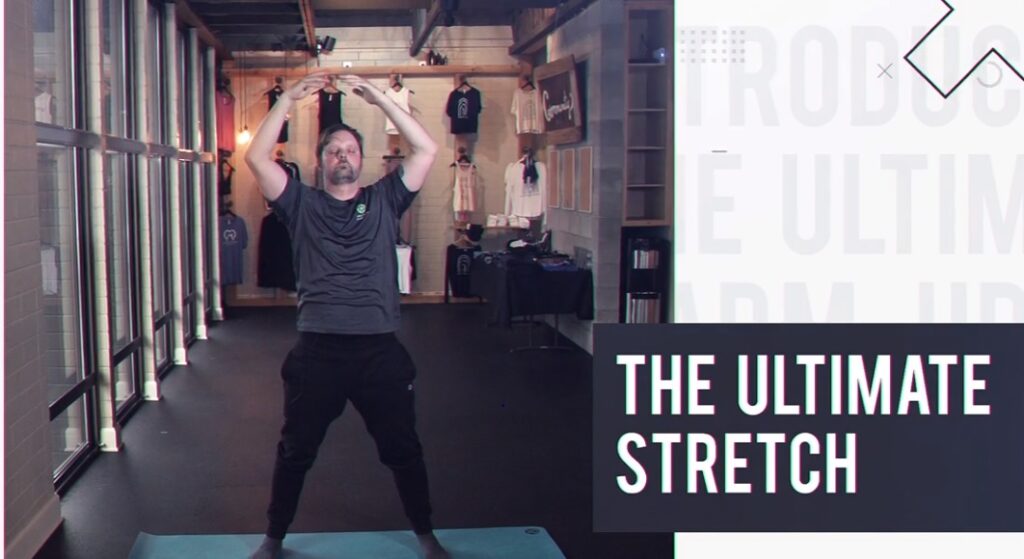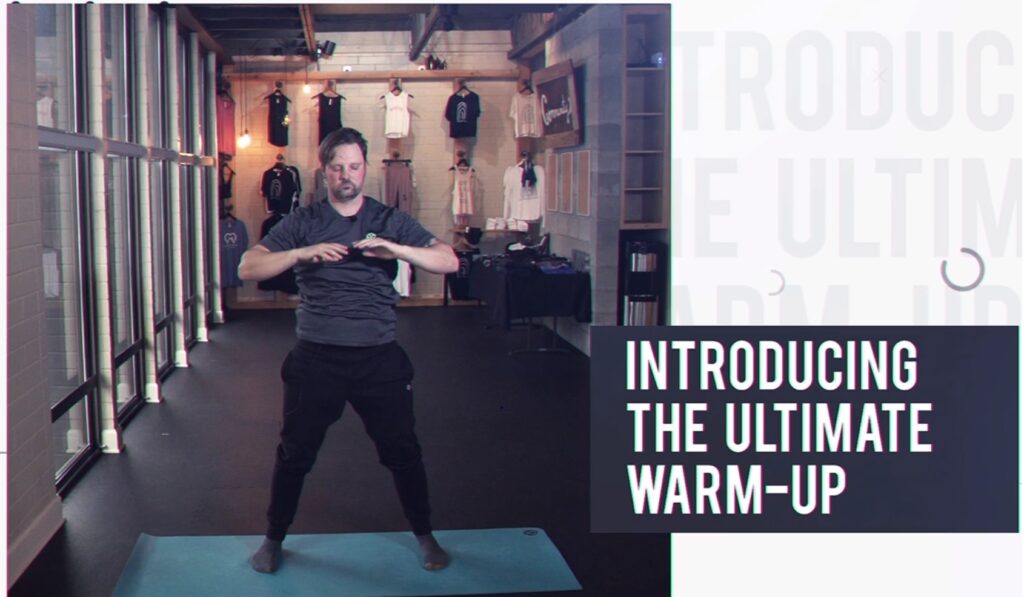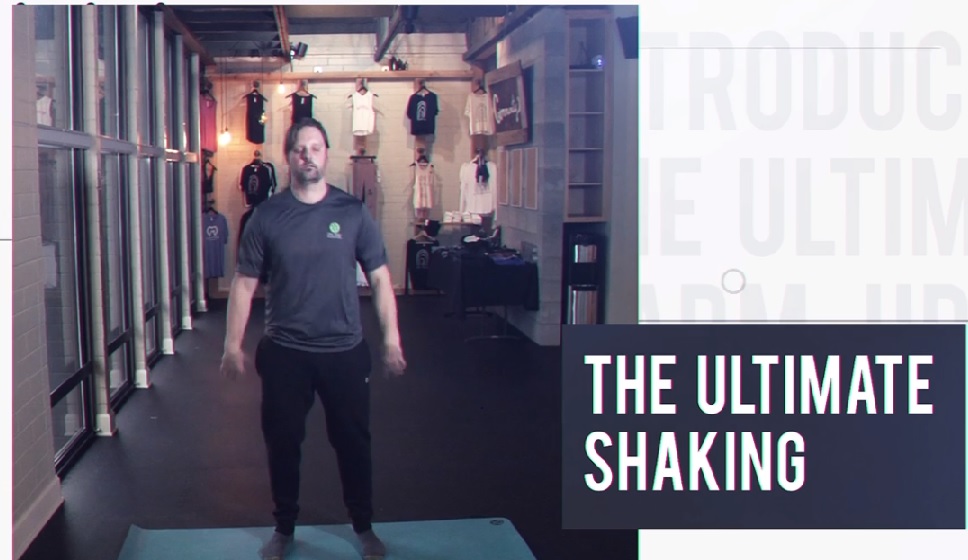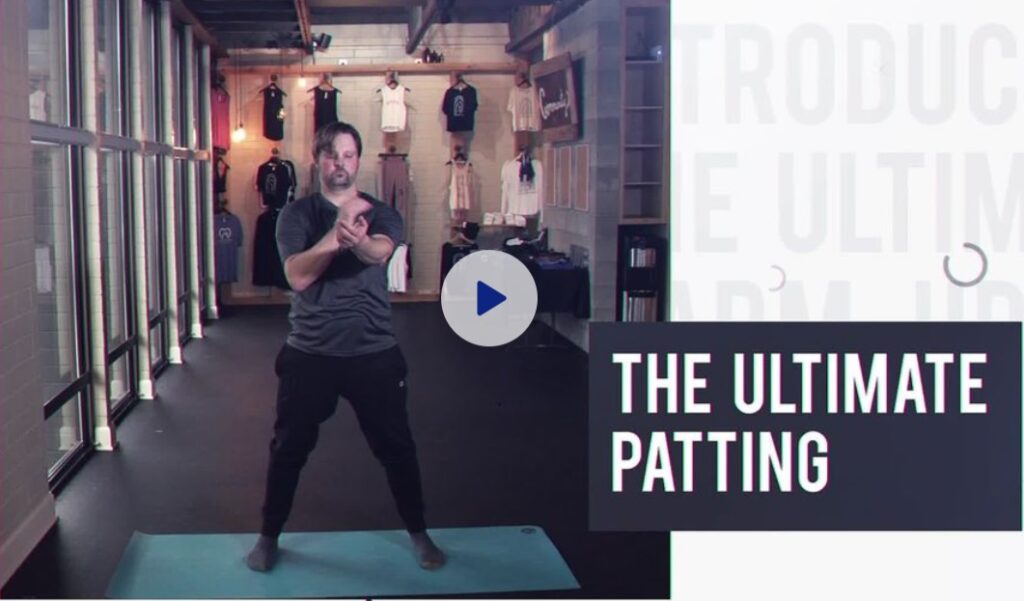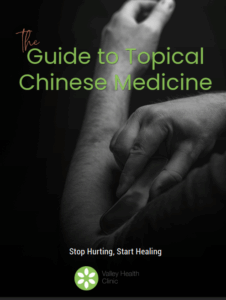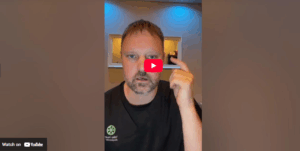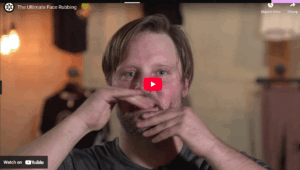In the world of stationary desk jobs, countless individuals battling chronic pain and fatigue are ensnared in the relentless cycle of sitting immobile for lengthy spans, rarely pausing to stretch or change positions. This perpetual stillness not only intensifies their existing discomfort but also obstructs vital blood circulation, creating pockets of tension and waste accumulation. Such an environment is a breeding ground for the persistence of pain and fatigue, making life increasingly unbearable for sufferers. However, a ray of hope and relief can be found in the simple, often underestimated act of stretching.
Often dismissed or misunderstood, stretching is more than a mere exercise for enhancing muscle flexibility. It’s a powerful, natural activity with transformative effects not just on our muscles but significantly on our nervous system and the entire functioning of our bodies. The practice of stretching goes beyond the superficial benefit of muscle elongation; it’s a crucial regimen that works intricately with your nervous system. Through stretching, you are not just lengthening muscles but subtly educating and reprogramming your nervous system to navigate and embrace various movements securely and efficiently. This process is vital in mitigating the symptoms and improving the quality of life for those living under the shadow of chronic pain and fatigue.
Your Thinking About Stretching Wrong
It’s a common misunderstanding that stretching simply elongates tight muscles, providing relief only through increased flexibility. However, the reality of stretching is more neurologically complex and beneficial, especially for individuals dealing with chronic pain. Stretching doesn’t truly “stretch” muscles in the way we traditionally think. Instead, the practice actively engages the nervous system, promoting a sense of safety and security in movement patterns.
When you experience stiffness or a lack of flexibility, it isn’t merely a result of “tight” muscles. Instead, it often stems from your brain sending protective signals, limiting muscle lengthening and movement to prevent potential injury or strain. This protective mechanism may be crucial in certain situations, such as in the aftermath of an injury. Yet, it can also persist unnecessarily, contributing to chronic pain and discomfort when it becomes a default bodily response.
Engaging in mindful stretching exercises can help retrain your nervous system, alleviating these protective signals and promoting a more excellent range of motion and ease of movement. By understanding and implementing stretching as a neurological practice rather than a muscular one, individuals living with chronic pain can unlock a valuable tool for managing and mitigating their daily discomfort
Stretching and Nervous System
This change in perspective is vital as our connective tissues are richly innervated with proprioceptors and mechanoreceptors sensitive to manual pressure and stretching. Engaging these sensory receptors through stretching has been scientifically proven to reduce sympathetic tone, effectively dialing down the body’s stress response.
In practical terms, the tensions accruing from chronic stress that many experience can be significantly alleviated. Engaging in deliberate, gentle stretching routines acts to recalibrate our autonomic nervous system, yielding a more relaxed and tension-free state.
Stretching and Inflammation
Stretching can increase blood flow to your body’s tissues and organs and decrease inflammation.
Areas of tension or inflammation can create microenvironments of poor blood circulation and build-up of waste products. Stretching is a gentle, non-pharmacological intervention that is an essential component of treatment, prevention, and of improving poor microcirculation.
When you stretch, it stimulates anti-inflammatory agents in the body. So stretching can decrease inflammation. One of the benefits when we think about yoga and tai chi as being helpful with arthritis and other inflammation, is that we are stretching connective tissue to release anti-inflammatory agents.
By engaging in whole-body movement, contracting and relaxing your muscles, you are creating a pumping effect that encourages active circulation.
Contracting your muscles increases pressure in your chest cavity—you squeeze blood out and relax to allow it to flow back in.
What Is Connective Tissue Stretching
There’s a different way to stretch when we focus on connective tissue versus when we focus on muscles. When you think about stretching a muscle you can very much isolate that muscle. If you want to do a hamstring stretch, you can isolate just a hamstring.
When you’re focusing on muscles, it’s actually better to isolate a particular muscle.
When you think about stretching connective tissue, we want a large multi-complex movement that pulls on this connective tissue from many joints located at a distance from each other.
How connective tissue stretching feels
A connective tissue stretch should feel like a refreshing morning yawn. When you yawn and stretch in the morning, there is a breathing and a whole body component. As you breath-in, you contract and lean back, stretching your quads and your stomach. As you continue to breathe in and fill your upper chest, your arms reach out, and your mouth opens up, engaging your face. There is a full-body contraction, stretch, hold, and then the release as you breathe out. It stimulates and relaxes the nervous system. You feel this stretch everywhere, engage every part of your body and feel calm and refreshed afterward.
Head, Fingers, Toes
Connective tissue stretching uses the farthest ends of your connective tissue (head, fingers, and toes) to create different angles of tension throughout the body. There is an active component of pushing out with your hands or your feet to expand the body. Imagine pulling on the corners of a bed sheet to get rid of the wrinkles. You focus on your extremities, hand position, toe position, and head and eye position to pull and stretch.
Breathing with Connective Tissue Stretching
Proper breathing control is important for any successful stretch particularly if you want to focus on the connective tissue. Proper breathing helps to relax the body, increases blood flow throughout the body, and helps to move and massage the organs mechanically. As you breathe in, the diaphragm pushes down on the internal organs and their associated blood vessels, squeezing the blood out of them. As you exhale, the abdomen, its organs and muscles, and their blood vessels flood with new blood.
Respiratory Pump
This rhythmic contraction and expansion of the abdominal blood vessels are partially responsible for the circulation of blood in the body. Also, the rhythmic pumping action helps to remove waste products from the muscles in the torso. This pumping action is referred to as the respiratory pump. The respiratory pump is important during stretching because increased blood flow to the stretched muscles improves their elasticity and increases the rate at which lactic acid is purged from them.
Belly Breathing for the Brain
The belly talks to the brain. Mechanoreceptors have been found abundantly in visceral ligaments as well as in the Dura mater of the spinal cord and skull. It seems quite plausible that most of the effects of visceral or craniosacral osteopathy could be sufficiently explained by a simulation of mechanoreceptors with resulting profound autonomic changes.
Recent discoveries concerning the richness of the enteric nervous system have taught us that our ‘belly brain’ contains more than 100 million neurons and works largely independently of the cortical brain. It is interesting to note that the minimal connection between these two brains of a few thousand neurons consists of nine times as many neurons involved in processes in which the lower brain tells the upper one what to do, compared with the number of neurons involved in the top-down direction. Many of the sensory neurons of the enteric brain are mechanoreceptors, which – if activated – trigger, among other responses, important neuroendocrine changes. These include a change in the production of serotonin – an important cortical neurotransmitter, 90% of which is created in the belly – as well as other neuropeptides, such as histamine (which increases inflammatory processes).
Your breathing and your trunk are the links between your arms to your legs. It can be the difference between an isolation stretch and a full-body stretch.
Breath Connects the Body
Breathing in expanding the chest or diaphragm or both to engage the stretch. When you breathe into the chest, you increase the stretch in your arms and neck. When you breathe into and expand the lower abdomen, you can increase the stretch into your back and legs. Utilizing both techniques to create as much tension in the motion. Using the exhale to release that tension and create space for more movement. Even increasing the intensity of the stretch on the exhaling. Breathing in builds tension, Breathing out relaxes the muscles and allows for more movement.
Example
An example of doing a static stretch and incorporating connective tissue techniques would be a traditional standing forward bend. This can stretch your calves and hamstrings. As you incorporate the breath and breathe-in, you will notice your lower abdomen expand and it will stretch your back. Then from your back, as you breathe into your chest you can tuck to your chin and stretch your neck creating a line of tension from your toes to the top of your head.
Breathing Supporting The Core
Use the breath to support movements that are complex or threaten the spine. Breathing in to create abdominal pressure to support the spine as you move until you are safe then exhale.As you breathe deeply and steadily, you may notice an ebb and flow of your stretching that mirrors the tide of your breath.
- As you inhale, your muscles tighten slightly, increasing the stretch.
- As you exhale, slowly and completely, your abdomen moves back toward your spine, the muscles in your lower back seem to grow longer, and you can drop your chest toward your thighs.
It’s obvious that exhalation deflates the lungs and lifts your diaphragm into the chest, thereby creating space in the abdominal cavity and making it easier to bend the lumbar spine forward. (Inhalation does the opposite, filling the abdominal cavity like an inflating balloon, making it difficult to fold your spine forward completely.) But you may not realize that exhalation also actually relaxes the muscles of your back and tilts your pelvis forward.
Connective Tissue Stretching Exercise
What we are doing looking for lines for tension in the body. When we find the tension the aim is to stretch these lines by breathing into them. Using out breath to expand our chest, lower abdomen or both. All this will continue to increase circulation and relax the body.
Gathering the Earth Energy
- Durning a big sighing breath out bend over as if trying to touch your toes, letting your head hang. Ensure your body is totally relaxed. You should feel the blood drain to your hands and face. They should feel heavy.
- Then, slowly breathe in filling up the lower back and contact like a cat.
- Relax and exhale as you move from side to side, touching your right hand to your left leg and vice versa.
- Breathe into your abdomen and increase the stretch in your lower back.
- Continue to breathe into your chest and feel the stretch increase in your neck.
- Exhale and relax sinking closure to the ground.
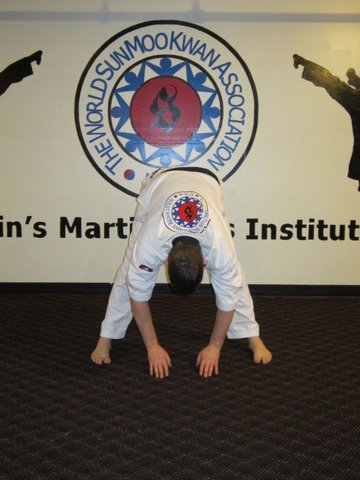
Gathering the Heaven Energy
- As you breathe in, slowly stand upright like a big yawn in the morning.
- Raise your hands up and stretch from side to side, one at a time. You should feel your head and hands become lighter as the blood drains down.
- Actively push your arms up and stretch your ribs all the way, just like you would when you yawn.
- Using your breathing to improve the stretching process.
- Repeat the process again.
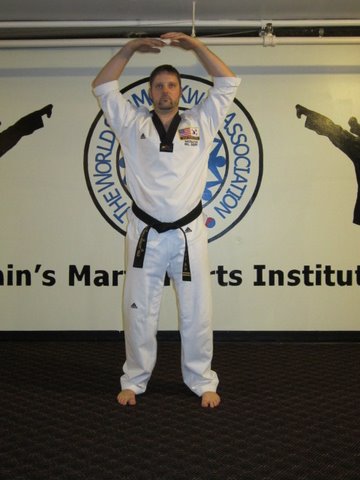
Spinning The Wheel
- Take a comfortable stance with your legs wide open (the shape of a triangle).
- Twist the waste and face to the left
- Start with both hands on the left leg, then take the movement in a circular sideways motion up to the top
- Bend backward and reach up a little when you get to the top.
- Follow the circle down from the top to the other side.
- Repeat the process on the other side, going back the other way.
- It should look like a big circle in both direction
- Matching your breath in and up and down and out.
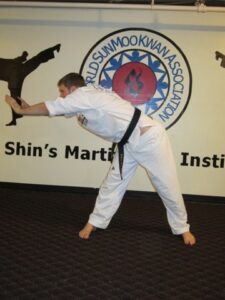
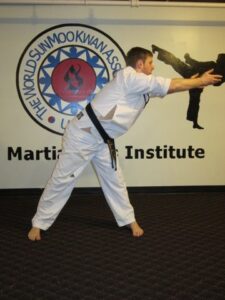
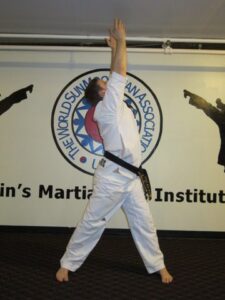
Video Series
Incorporate connective tissue stretching into your daily routine to unlock its myriad benefits for chronic pain and fatigue. With intentional practice and focused breathing, experience relief, enhanced circulation, and a life invigorated by movement. Don’t wait to start reaping the benefits of connective tissue stretching. Subscribe to our email series now, and embark on a journey towards a healthier, pain-free life where movement becomes a source of joy rather than discomfort.
Read the Rest of the Series
About the Author
Willard Sheppy is a writer and healthcare practitioner who seamlessly melds scientific knowledge with practical applications in engaging and authoritative articles. He holds a Bachelor of Science in Environmental Science from Oregon State University and a Master’s in Acupuncture and Oriental Medicine from the distinguished Oregon College of Oriental Medicine.
In his work, Willard skillfully combines his extensive educational background in scientific research with his practical experience as a healthcare practitioner. Willard balances his life with martial arts and cherished family adventures. As a father of three, he often leads his family on camping and hiking trips along the breathtaking Oregon coast.
Connect with Willard on LinkedIn at linkedin.com/in/valleyhealthclinic or learn more about his services at valleyhealthclinic.com. Embark on this journey towards holistic health with Willard!

